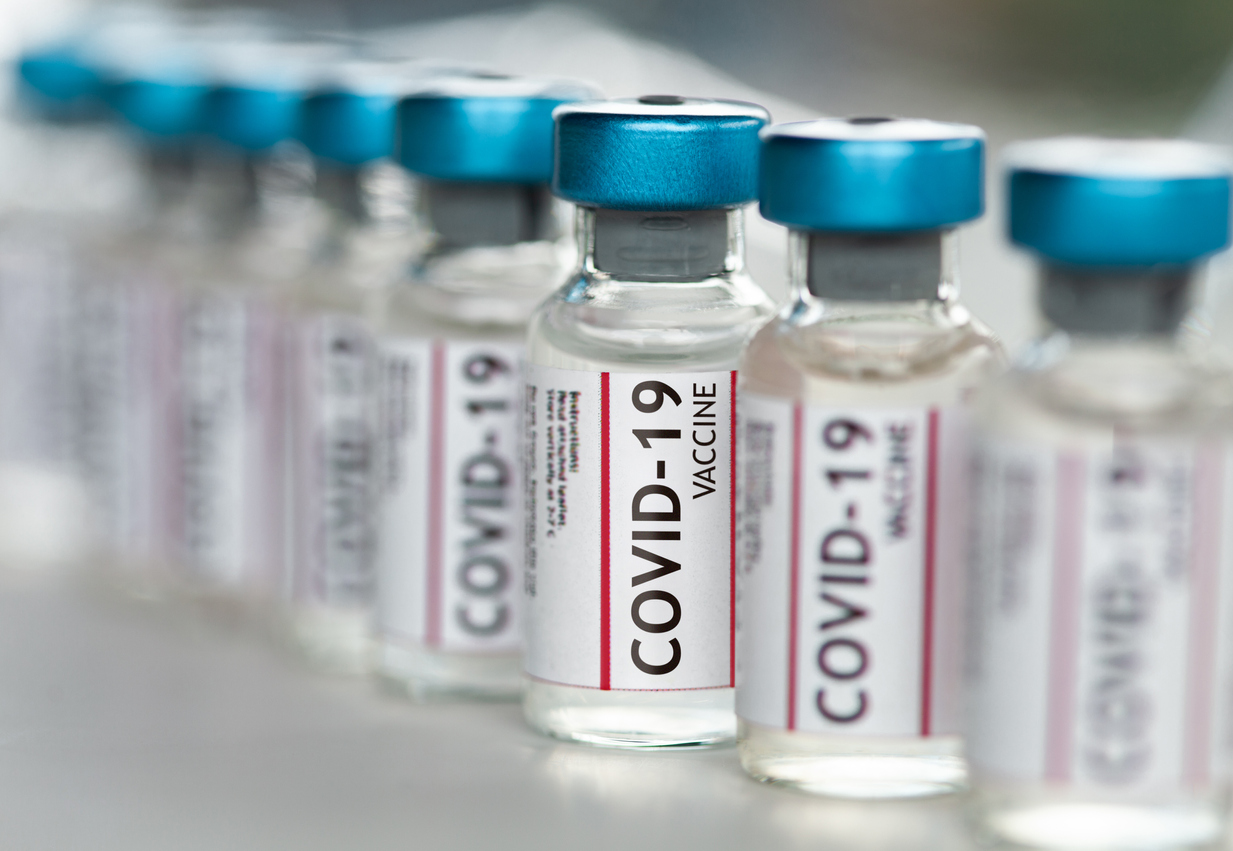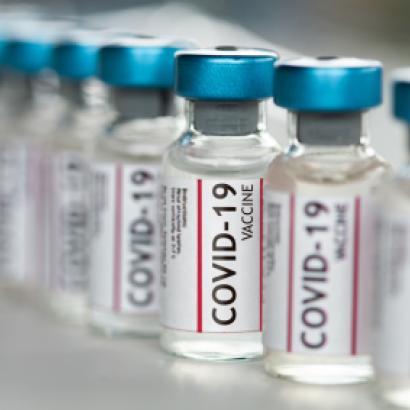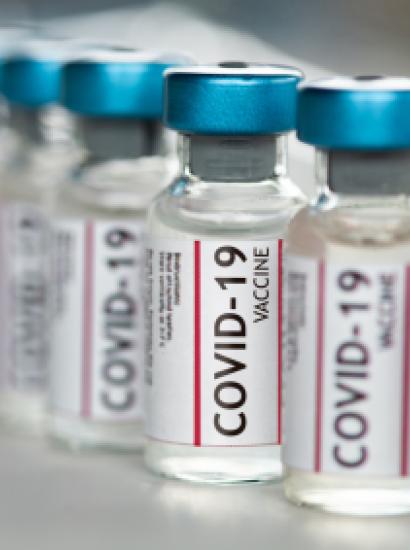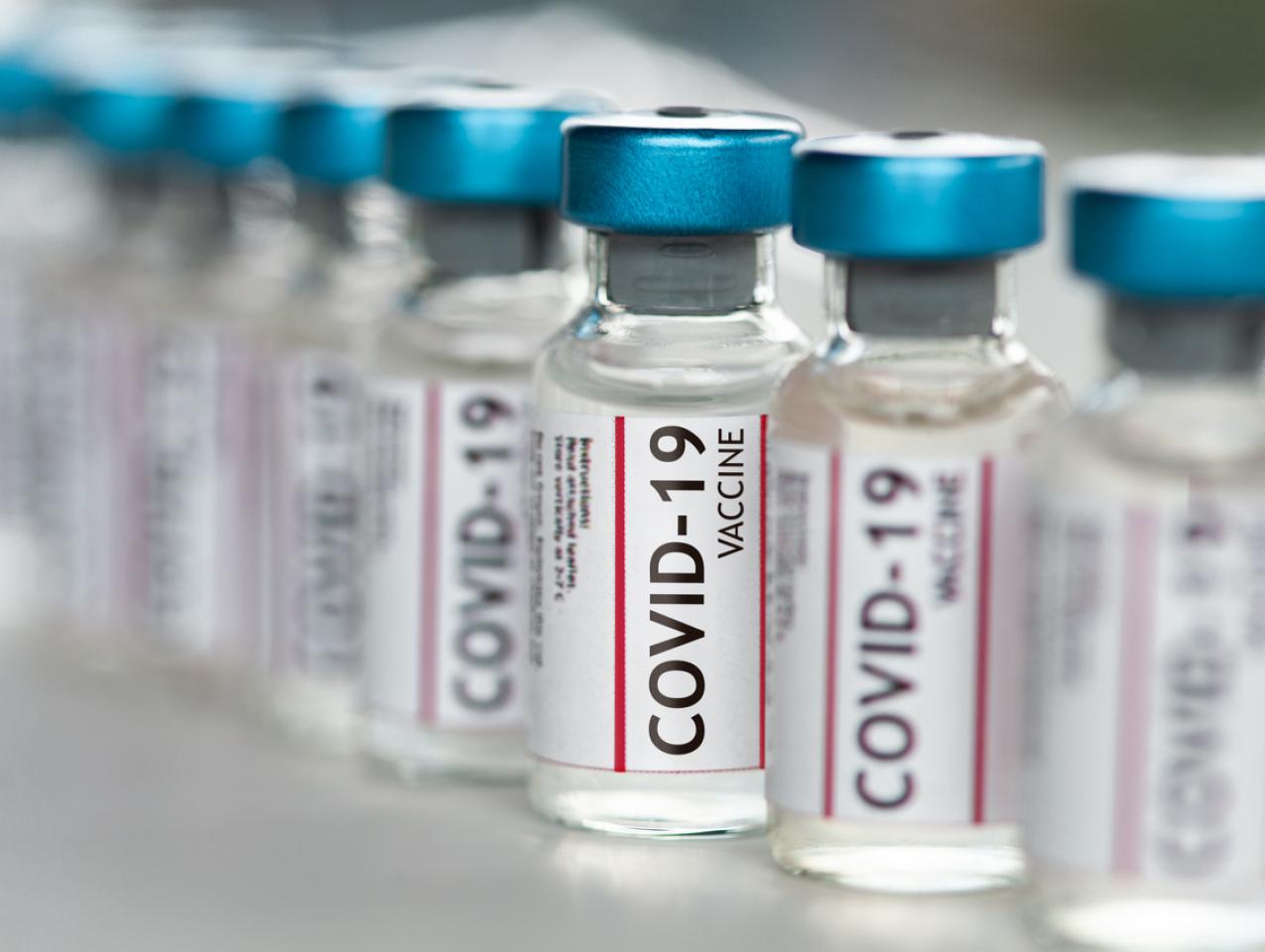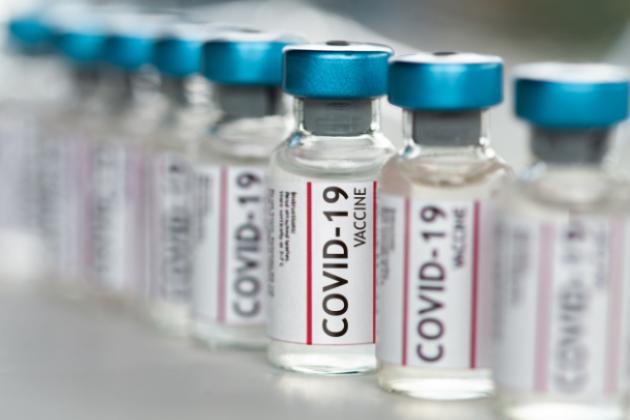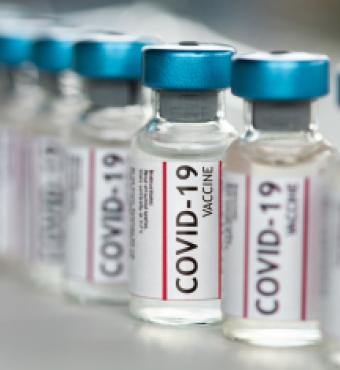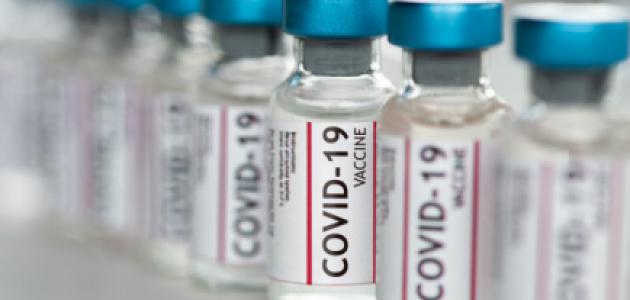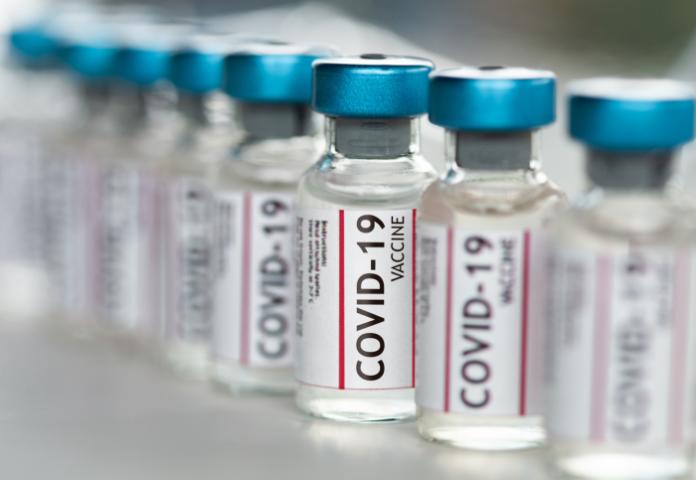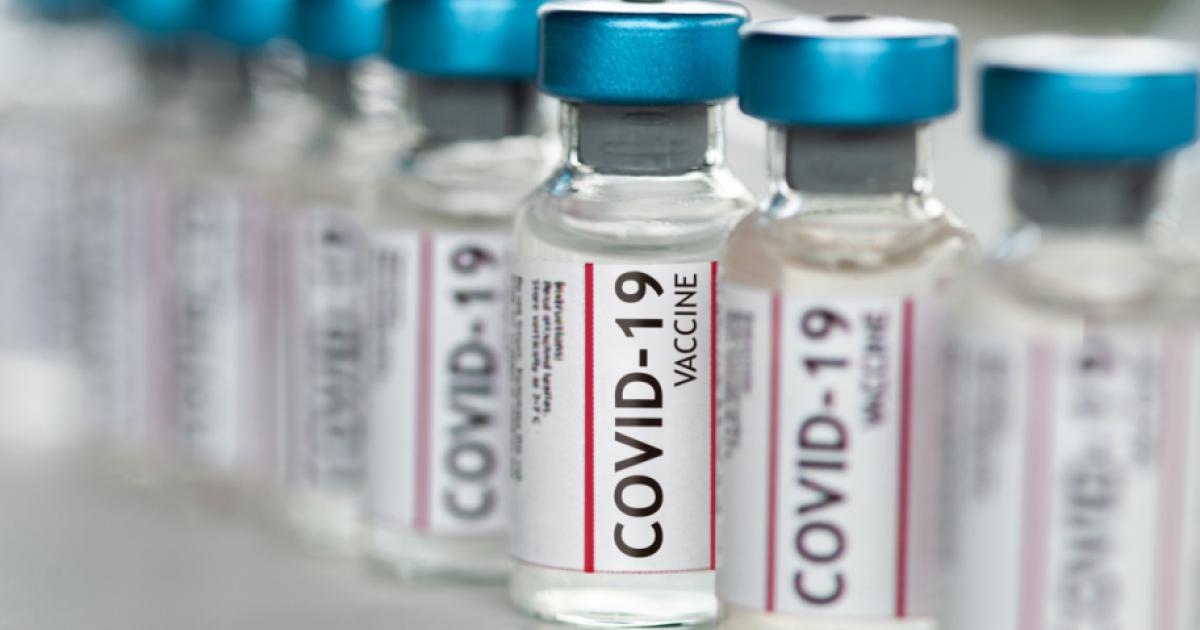It is now approaching three years since the advent of COVID-19 in March 2020 provoked the most comprehensive and coercive response to a public health crisis that the United States has seen. From the earliest date, that policy has included lockdowns, social distancing, masking, and mRNA vaccines—all to stem the spread of the disease throughout the country. These tactics have long been opposed by many who think that more focused responses, which seek to isolate and protect the most vulnerable populations, offer a more tempered and effective response to the disease—a position well-expressed in the Great Barrington Declaration of October 4, 2020, which the conservative Brownstone Institute a year later observed “shattered the notion that there was a scientific consensus in favor of lockdowns.” Many other physicians have also expressed their uneasiness about COVID vaccine mandates, even as the federal government issued its own vaccine mandate in the employment context (it was struck down in January 2022 by the US Supreme Court in NFIB v. OSHA).
Nonetheless, public officials have continued to take strong exception to these dissenting voices. One recent piece of legislation in California, AB 2098, which took effect January 1, was written to allow California health officials to stifle dissent by revoking or suspending the licenses of those physicians who take issue with the official line of support for mRNA vaccines. The legislative findings relied explicitly on the work of the CDC and the FDA to conclude that “the risk of dying of COVID-19 for unvaccinated individuals is eleven times greater than for vaccinated individuals,” and that the spread of erroneous information “has weakened public confidence,” especially by licensed professions, thereby placing lives at risk. The payoff:
Section 2270—Dissemination of misinformation or disinformation related to the SARS-CoV-2 coronavirus, or “COVID-19,” designated unprofessional conduct.
(a) It shall constitute unprofessional conduct for a physician and surgeon to disseminate misinformation or disinformation related to COVID-19, including false or misleading information regarding the nature and risks of the virus, its prevention and treatment; and the development, safety, and effectiveness of COVID-19 vaccines.
(2) “Disinformation” means misinformation that the licensee deliberately disseminated with malicious intent or an intent to mislead.
(4) “Misinformation” means false information that is contradicted by contemporary scientific consensus contrary to the standard of care.
All the heavy lifting in this statute is done by section (4). Even the strongest defenders of the official position will concede that the individuals who disagree with them are not engaged in any “malicious” effort at communication caught under (2). Section (4), however, does not include any intentional element in the offense. Its scope could potentially expose any physician who takes issue with the establishment position to license revocation.
It was therefore no surprise that the statute has been challenged in court, where two decisions have come down with opposite results. In McDonald v. Lawson (2022), the US District Court for the Central District of California held that the statute in question was not unconstitutionally vague because its key terms were defined “by reference to familiar standards of medical regulations and the opinions of the medical community.” It then held that the provision in question did not violate the First Amendment because its regulation of professional conduct only “incidentally involves speech.”
The reception to AB 2098 could not have been more different in Høeg v. Bonta (2023), where a different federal district court struck down the section as vague, and thus never had to explicitly reach the First Amendment issues, which were only implicated indirectly when the court decided to apply “a more exacting vagueness analysis.” And so it did. But its wishy-washy approach reached the right conclusion for the wrong reason.
The difficulties start with the linguistic deconstruction that too often mars much of “void for vagueness” analysis. The vagueness analysis is designed to rule out statutes that do not give “a person of ordinary intelligence fair notice of what is permitted,” and thus without sufficient guidance for their conduct. The failure to use terms that give “fair notice” has a collateral vice: it opens a window of discretion that allows public officials to be tough on their political opponents and kind to their friends.
Yet just how is the analysis to be carried out? The standard approach, taken in Høeg, is to express befuddlement at every turn. For instance, suddenly we do not know what the term “consensus” means, because, as the court in McDonald acknowledged, many cases can be identified in which no consensus is formed. But that does not prove that the term has no intelligible meaning. Indeed, the same uncertainty surrounds every term in the English language, including clauses in the Fifth and Fourteenth Amendments that both declare “no person shall be deprived of life, liberty, or property, without due process of law.” The term “due” is obviously vague, like virtually every other term in that legal command. So it becomes a metaconstitutional puzzle of how the vague term “due process” is to be deployed to strike down statutory terms no vaguer than itself.
One way to sort out vagueness problems is to find a word with greater precision that covers the same landscape as the disputed term. Courts constantly work out such interpretive problems in smaller steps and pursue internal consistency, such that greater due process is normally afforded for serious offenses than for trivial ones; they also take note of exceptions from that general rule based on history or custom—e.g., more rapid military trials than civilian ones.
Exactly that process should apply here. The implicit assumption of AB 2098 fails because there is no unassailable consensus in the medical profession and allied disciplines that the mRNA vaccines are safe and effective. The CDC website contains such recommendations as “everyone six months and older should get a COVID-19 vaccine.” In addition, other eminent places such as the Mayo Clinic are keen on these shots. But two noted physicians, Martin Kulldorff and Jay Bhattacharya, have expressed the position that such shots are unwise because the risks of COVID in children are “extremely low.” Recent work suggests that “immune exhaustion” increases after the third jab, evidence pointing toward a diminishing benefit of additional shots, a phenomenon the CDC itself flagged one year ago. And the mRNA vaccine manufacturers themselves have launched studies into long-term health problems potentially linked to vaccinations of some young people.
Wall Street Journal columnist Allison Finley has identified how defenders of the mRNA vaccine wrongly “suggested that COVID vaccines would help achieve herd immunity and reduce transmission.” Finley also argues that political pressure and “contempt for the laity”—downplaying side effects and suppressing dissent—have spawned a growing skepticism of vaccination. And belatedly, even President Biden’s former chief medical adviser, Anthony Fauci, has acknowledged how difficult it is for vaccines to protect against viruses that mutate rapidly.
Common sense says the CDC’s categorical recommendation for mRNA shots has to be a vast overstatement. Given these serious challenges, all health care professionals should be free to either accept or reject these contentions, wholly without regard to AB 2098 and California’s attempt to suppress disagreement.
Thus the powerful objection to the new law is that it privileges one point of view—that of the CDC and the FDA—as correct, while wielding state powers of investigation and license revocation to force individual physicians to breach their fiduciary duties of loyalty to their patients by withholding frank and honest advice. The legislative authors of AB 2098 have engaged in systematic viewpoint discrimination, which is “particularly disfavored” by courts and thus subject to the highest level of scrutiny under the First Amendment.
The path forward is clear. Set aside any quibbling over “vagueness.” Any legislation that muzzles public discourse on COVID-19 goes far beyond some “incidental” effect on professional behavior. It is a clear menace that should be struck down, if necessary by the US Supreme Court.







